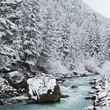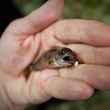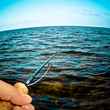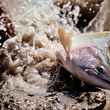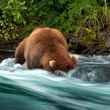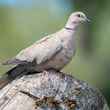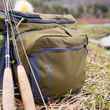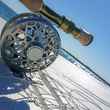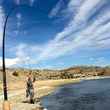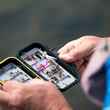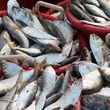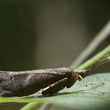While the Eastern Seaboard has been pounded and buried by winter storm after winter storm this year, here in West, things have been pretty mild, at least in the lower-elevation areas where, even in the worst years, die-hards rarely put their fly gear “away for the season.”
Since we’ve avoided most of the Arctic blasts that have blown through the Northeast -- each one carrying the “storm of the century” warning and a kitschy Weather Channel name (Winter Storm Thor? Really?) -- fishing this year has never really stopped. Yes, it’s still winter--a drive over Teton Pass will convince anyone of that--but it’s almost spring, and, should the mild weather continue, we’ll be in the throes of a Westerner’s least-favorite time of the year -- mud season -- before you know it.
But, between now and when the high-country snow really starts to melt and wash down every gully and gulch, some of the best trout fishing in the West takes place. It’s that sweet spot before runoff and after the worst of the season’s cold abates. It’s all about blue-bird days with snow-lined riverbanks. Icy mountain guardians watching over greening valley meadows. Days that start in fleece and end in a t-shirt.




